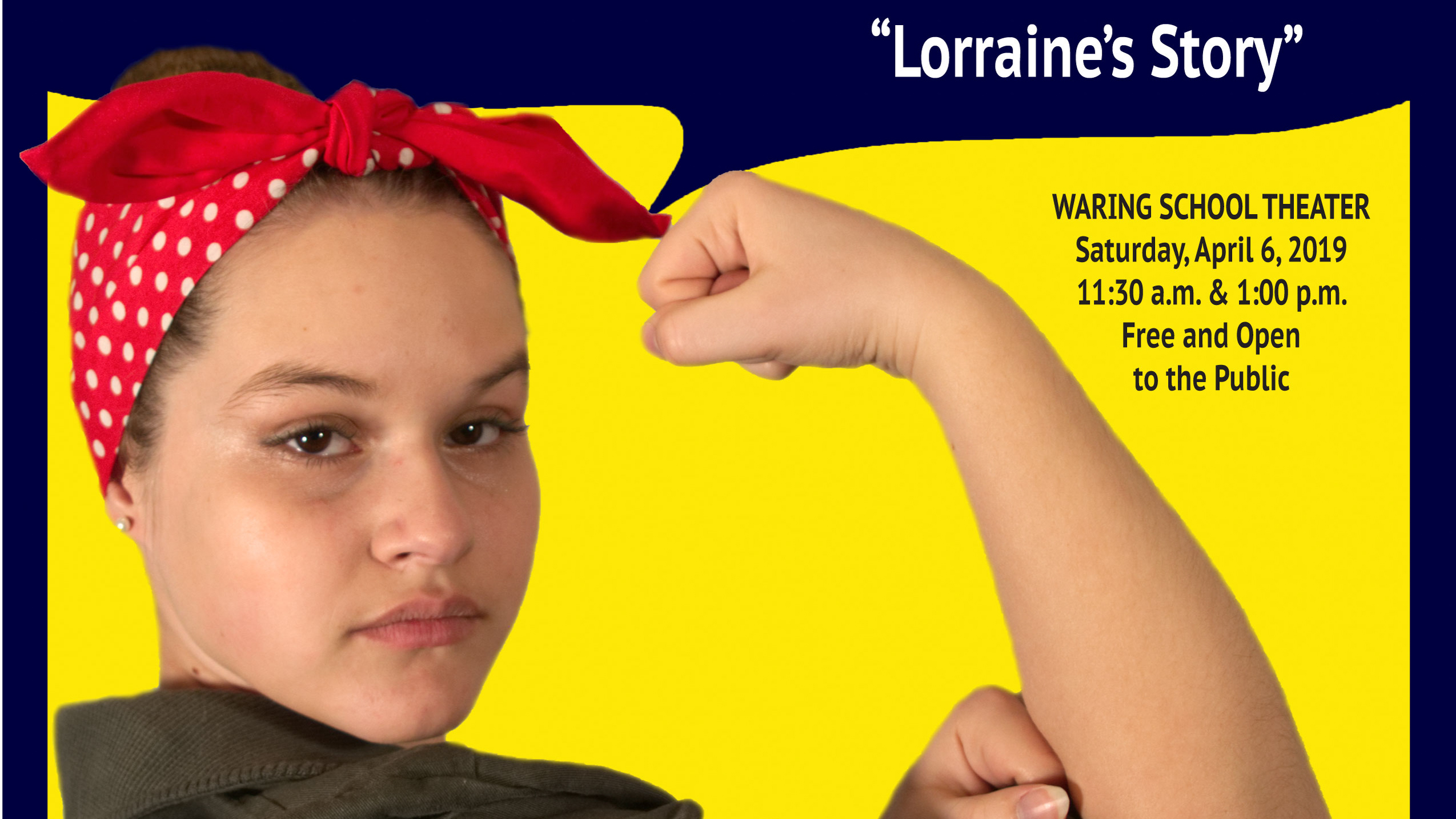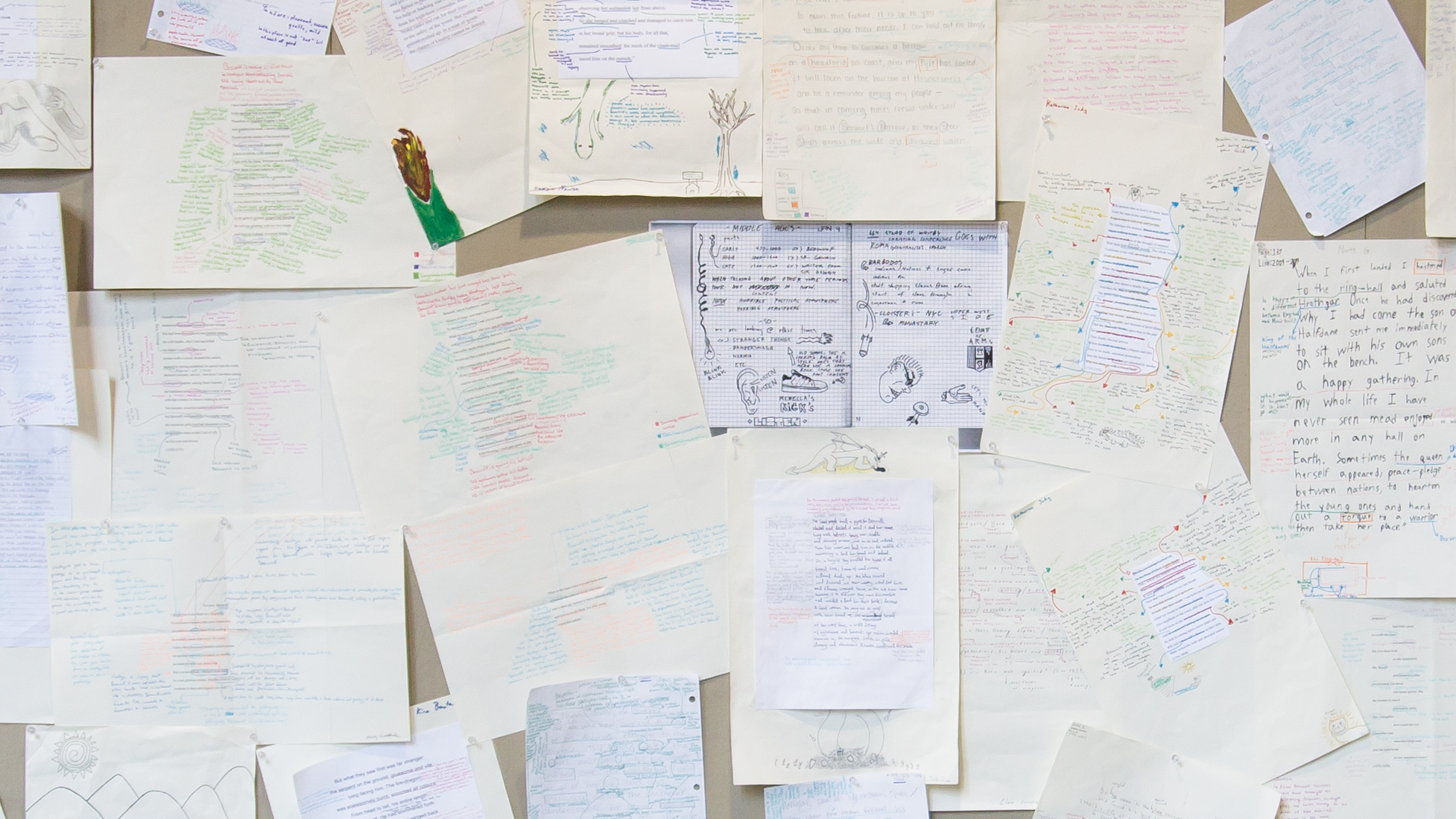Twenty-five eighth graders from Waring School in Beverly, Massachusetts, walked up Dexter Avenue in downtown Montgomery towards the Alabama State Capitol building. It was late March, and the camellias that surrounded the building’s grand marble staircase were in full bloom.
Fifty-four years earlier, almost to the day, 25,000 protestors marched up that same avenue and gathered near the same steps. For five days and four nights, the civil rights advocates had marched 54 miles along U.S. Highway 80 from Selma to the Statehouse.
.jpg?width=600&name=Alabama%20Group%201%20201903%20for%20Web%20(1%20of%201).jpg) Reverend Martin Luther King Jr. was not allowed to climb the steps but gave a speech from the bed of a pickup truck. He spoke in response to the violent attack on peaceful black protestors in Selma earlier that month. “I come to say to you this afternoon, however difficult the moment,” said King. “However frustrating the hour, it will not be long ... How long? Not long, because the arc of the moral universe is long, but it bends toward justice."
Reverend Martin Luther King Jr. was not allowed to climb the steps but gave a speech from the bed of a pickup truck. He spoke in response to the violent attack on peaceful black protestors in Selma earlier that month. “I come to say to you this afternoon, however difficult the moment,” said King. “However frustrating the hour, it will not be long ... How long? Not long, because the arc of the moral universe is long, but it bends toward justice."
To this day, three statues still stand on the Capitol’s front lawn. One is of James Marion Sims, a physician who practiced surgical techniques on enslaved black women without anesthesia. Another is of John Allan Wyeth, a surgeon who wrote a glowing biography of Nathan Bedford Forrest, the first Grand Wizard of the Ku Klux Klan. The final statue is of Jefferson Davis, the only President of the Confederate States of America. A plaque says that it was erected in 1940.
“It sent a chill down my body,” said eighth grader Olive Ferguson Sauder. “You’re standing in the place where MLK made his speech but there is nothing honoring him or the marchers at the site. The hugeness of the Confederacy, the fact that it hadn’t changed was new motivation. The job isn’t done.”
.jpg?width=600&name=Alabama%20Group%201%20201903%20for%20Web%203%20(1%20of%201).jpg)
Even though the eighth graders spent a large portion of their time in Humanities class studying the Civil Rights Movement, nothing could compare to actually visiting the bus stops, parks, and churches where the battle for equality began.
“If you pay close attention to where you are and the history of that place you can have a sense of transcendence,” said eighth grader Chris Douglas.
“It can bring history alive,” added Olive.
All told, the eighth graders visited nearly two dozen historic sites while on their five day and four night trip to Alabama. They stood outside the 16th St. Baptist Church; they walked across the Edmund Pettus Bridge; they visited the Live Oak Cemetery. They explored exhibits at the Birmingham Civil Rights Institute, the Legacy Museum, and the Freedom Rider Museum.
.jpg?width=600&name=Alabama%20Group%201%20201903%20for%20Web%202%20(1%20of%201).jpg) Before traveling, each student researched a person or topic integral to the Civil Rights Movement and became the trip’s expert on the subject. Throughout the trip, students stood on the same steps or near the same mile marker that many of the events happened and presented their findings with the group.
Before traveling, each student researched a person or topic integral to the Civil Rights Movement and became the trip’s expert on the subject. Throughout the trip, students stood on the same steps or near the same mile marker that many of the events happened and presented their findings with the group.
“We had been talking all year about these things.” said eighth grader Gabe Dowd. “But being in the presence, actually being there turned out to be whole different experience. I couldn’t have imagined the feeling.”
Click here to view more photos.
.jpg?width=100&height=100&name=Graham%20Pearsall%20(1%20of%201).jpg)



